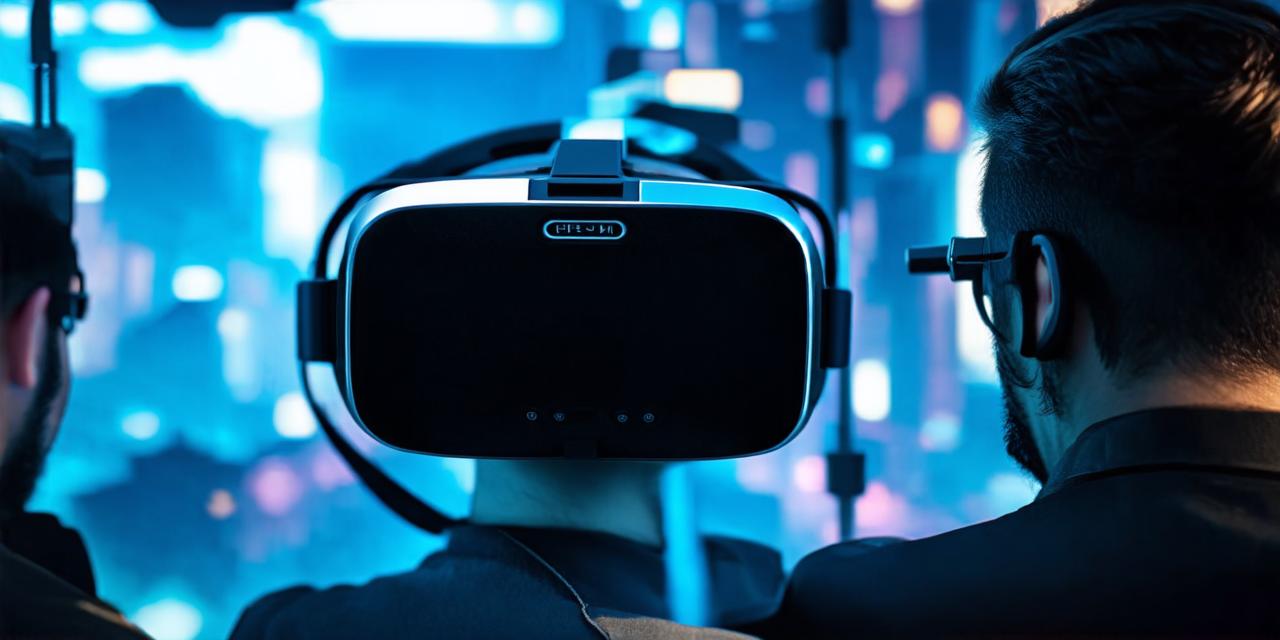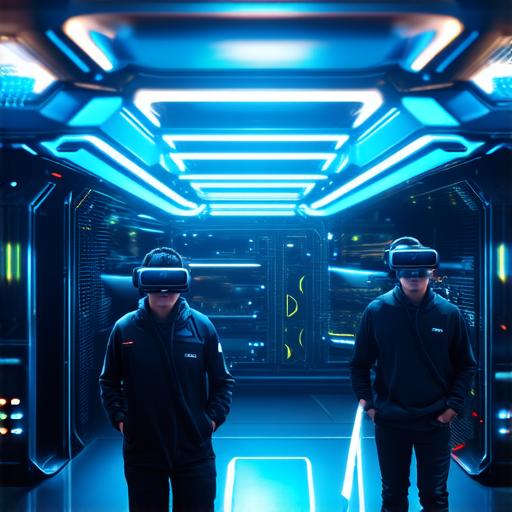
What is the purpose of virtual reality headsets?

What is a Virtual Reality Headset?
A virtual reality headset is a device that allows users to experience immersive, simulated environments as if they were really there. The headset typically consists of a wearable display screen, sensors, and tracking devices that enable the user to move around in a virtual space.
The Purpose of Virtual Reality Headsets: A Comprehensive Guide for Developers
Virtual reality headsets serve several purposes, including education, entertainment, training, and design. Let’s take a closer look at each of these applications.
Education:
Virtual reality technology can be used to create immersive learning experiences that allow students to explore and interact with complex concepts in a more engaging way. For example, a VR headset could be used to teach biology by allowing students to virtually dissect animals or to teach history by taking them on a virtual tour of ancient civilizations.
Entertainment:
Virtual reality headsets are also used for entertainment purposes. Games and experiences designed for VR can provide a level of immersion that traditional gaming can’t match. Users can feel like they are truly a part of the game world, which can enhance their overall gaming experience. Additionally, VR can be used to create interactive movies or virtual amusement parks.
Training:
Virtual reality headsets are increasingly being used for training purposes. They allow users to practice skills in a safe and controlled environment, without the risk of injury or damage to equipment. For example, pilots can use VR simulations to practice flying, while surgeons can use them to practice complex procedures.
Design:
Virtual reality headsets are also used in design industries. Architects and interior designers can use VR to create realistic visualizations of their designs, allowing clients to see and interact with the designs in a more immersive way. Similarly, product designers can use VR to test and refine their designs before they go into production.
The Advantages of Virtual Reality Headsets
Virtual reality headsets offer several advantages over traditional methods of learning, training, and design. These include:
- Immersion: VR provides a level of immersion that is difficult to achieve with traditional media. Users can feel like they are truly in the virtual world, which can enhance their overall experience.
- Interactivity: Virtual reality headsets allow users to interact with virtual environments in a way that is not possible with traditional media. This can make learning and training more engaging and effective.
- Safety: Virtual reality headsets allow users to practice skills in a safe and controlled environment, without the risk of injury or damage to equipment. This makes them particularly useful for industries such as healthcare and aviation.
- Cost-Effective: VR can be a cost-effective way of training employees or designing products, as it eliminates the need for physical materials or equipment.
Case Studies and Personal Experiences
There are many examples of how virtual reality headsets have been used to improve education, entertainment, training, and design. Here are a few:
Education:
The Anatomomy VR app allows medical students to explore the human body in 3D, using virtual reality headsets. This app has been shown to improve students’ understanding of complex concepts such as anatomy and physiology.
Entertainment:
The Oculus Quest 2 is a popular VR headset that is used for gaming and entertainment purposes. Users can play games such as “Beat Saber” or “Resident Evil Village,” which provide a level of immersion that traditional gaming can’t match.
Training:
The flight simulator software used by pilots to train for commercial flights has been shown to be more effective than traditional training methods. This is because VR allows pilots to practice flying in realistic virtual environments, without the risk of injury or damage to equipment.


